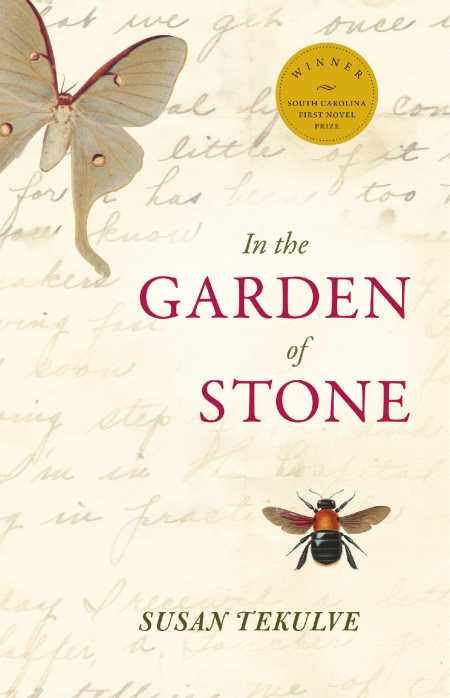In the Garden of Stone
Tale following three generations of one family in Appalachia offers hope for life’s struggles.
There’s often a restlessness in the human heart, a longing for meaning, purpose, and a place in the world. Yet perhaps the strongest desire is simply for the hope that these things can be found.
Susan Tekulve’s novel journeys through much of the twentieth century to explore struggles that are common today, those related to financial stability, rising in the world, and understanding who we are. Themes of home, poverty, hard work, and our connection to the land resonate throughout the story. Tekulve also explores the impact of family on our lives. One character declares, “Your family is your home,” while another describes marriage as “a silent house full of unused rooms whose windows are all painted shut.” In this book, beauty and pain dwell together. But the strongest theme is that our struggles reveal who we really are and must be faced courageously.
Tekulve tells of three generations in one family, following their lives from the 1920s through the 1970s. The tale, which occurs in the small Appalachian towns of Virginia, mainly unfolds through the eyes of three women: Emma; her daughter-in-law, Sadie; and Sadie’s daughter, Hannah.
In 1924, Emma Palmisano marries Caleb Sypher, who rescued her when a train derailed and buried her home in coal. Emma and Caleb leave their tiny, impoverished mining community to seek success with the railroads. They buy land and build a home. But with the advent of the Great Depression, everything changes. Attempting to eke out an income from their land, Caleb begins to create a breathtaking garden—until tragedy hits again. And from there, readers follow two more generations as they strive to maintain their beloved land, discover their purpose, and understand the meaning of family.
The story presents a rather pessimistic view of life as much hard work with little reward, tempered slightly by moments of love. It dwells in life’s shadows and contains little light. Yet, it offers hope in how life’s struggles change us.
Tekulve writes prose that feels poetic; it is tender and artful, and it occasionally contains layered meanings. Rich characters drive a plot that unfolds organically, slowly. This is Southern-style literature, which isn’t for every reader. Many parts of the story come from Tekulve’s short stories; the author’s transitions are sometimes surprising, but she weaves them together well.
For those who enjoy Southern literature and don’t mind trudging through the mire of life, this book, which won the South Carolina First Novel Competition, offers a satisfying read.
Reviewed by
Diane Gardner
Disclosure: This article is not an endorsement, but a review. The publisher of this book provided free copies of the book to have their book reviewed by a professional reviewer. No fee was paid by the publisher for this review. Foreword Reviews only recommends books that we love. Foreword Magazine, Inc. is disclosing this in accordance with the Federal Trade Commission’s 16 CFR, Part 255.

